Soheila Sokhanvari: Rebel Rebel at the Barbican
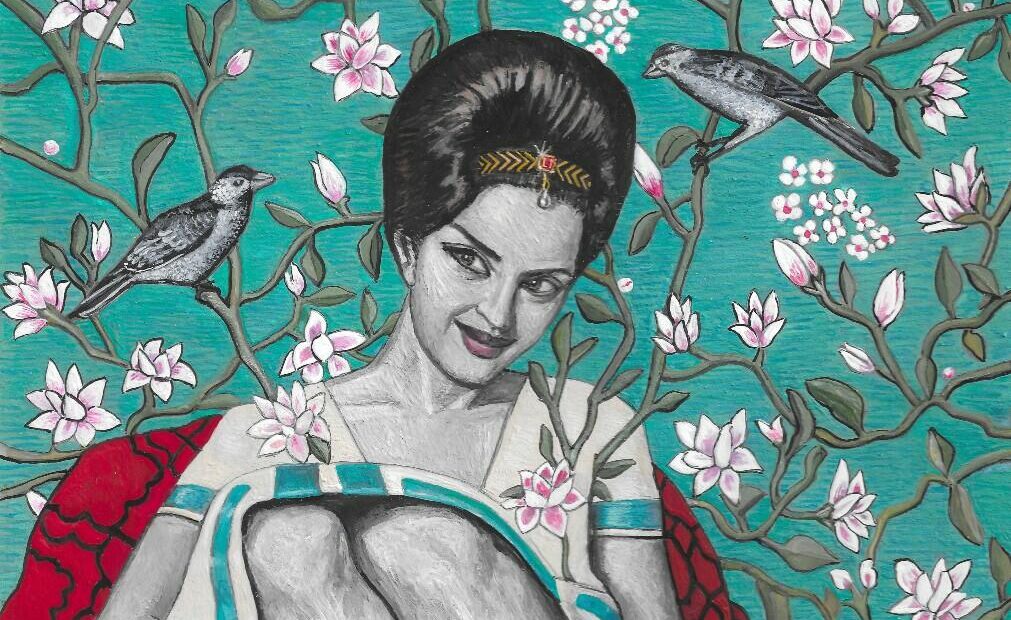
The Barbican’s Curve space becomes a cool, dark and haunting place for this exhibition. In the entrance stands a monolith inspired by Stanley Kubrick’s 2001: A Space Odyssey. The artist has placed 27,000 pieces of glass into a traditional Islamic geometric pattern, the patterns of light casting an other-worldly feel. The walls are also adorned with Islamic patterns designed to dizzy the viewer into contemplating the vastness of the universe and the greatness of God. The description at the entrance invites you to enter a world “in which painting, sculpture and sound combine to induce a …. feminist delirium.” Don’t mind if I do, thank you. Against this backdrop is the collection of beguiling miniature portraits painstakingly painted onto calf vellum with squirrel hair brushes.
The portraits are of women who were actors, singers, poets and creatives before the 1979 Iranian revolution. The portraits are somewhat enigmatic, the subjects appear variously as defiant, coquettish, fierce and insouciant. They appear sitting in peacock chairs, holding guns, displaying cleavage, smoking cigarettes, with their cats, mysteriously surrounded by fruit. Most are heavily adorned in jewellery and in the Western fashion of their time. There is something almost thrilling about seeing the fashions from the vintage days of the 1950s to the 1970s interpreted by non-Western wearers. The fashion of that era will never get boring as it was so chic and new and there’s a charm to seeing it presented in unfamiliar ways.
The Immortal Beloved (Portrait of Pouri Banaaei), 2022 is a particular highlight. The strikingly beautiful woman floats above a celestial scape, a crescent by her head, the tops of trees at her curvaceous hips like a witchy 50-foot woman. Pouri Banaaei is an actor who worked between 1964 and 1979. She personally financed the film Qeysar (1969) for which she was never reimbursed or even paid for her work. When summoned in 1979, like all other actors, to sign a letter of repentance, she courageously refused. The artwork captures her power, suggesting it comes from a place entirely different to the authoritarian rule that now governs her homeland. It is a conscientious and compassionate touch to have access to the biographies of every one of the subjects. Each tells a tale of strength and generosity of spirit in the face of huge injustice.
There are moving images here as well. Two little boxes contain those of two women dancing sensuously on a loop. At the end of the Curve is a large suspended 3D star made of glass, fragmenting the moving images inside. They are taken from a selection of films and, like the rest of the exhibition, they are both glamorous and eerie. A woman descends into a swimming pool in her slip, her arm outstretched for the viewer to join like a Persian version of a Lorelei. In another sequence, an hourglass figure appears in shadow gradually moving into the light.
Since the revolution in 1979, unbelievably, women have been banned from singing in public. This is such an assault on one of the fundamental things that makes us human: the freedom of expression. The space has the feel of a mausoleum in some ways: this is a particular world that is lost to us forever through oppression. But the courage of the women pictured gives hope.
Jessica Wall
Soheila Sokhanvari: Rebel Rebel is at the Barbican from 7th October until 26th February 2023. For further information visit the exhibition’s website here.

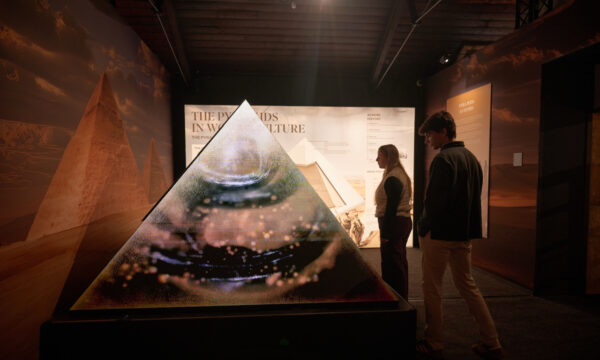
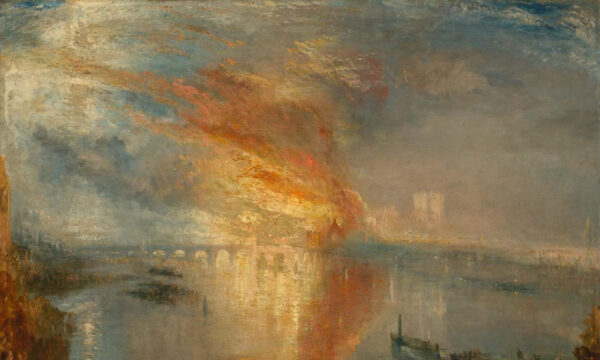
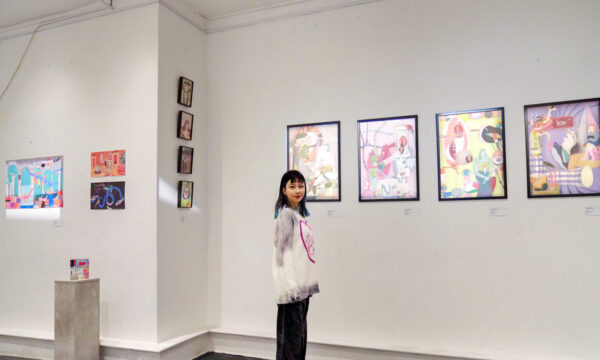
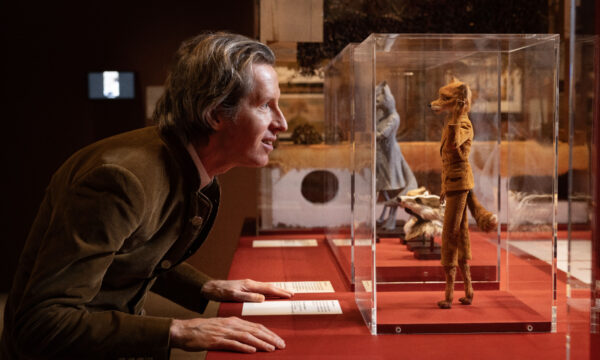
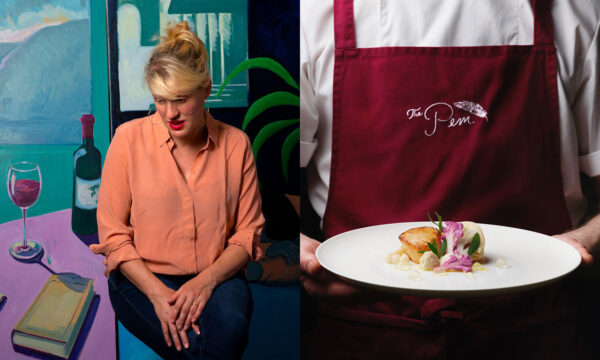
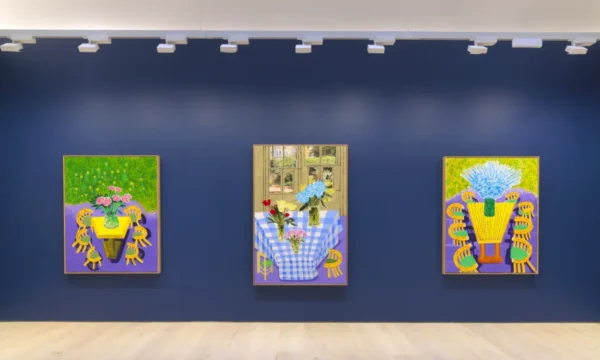
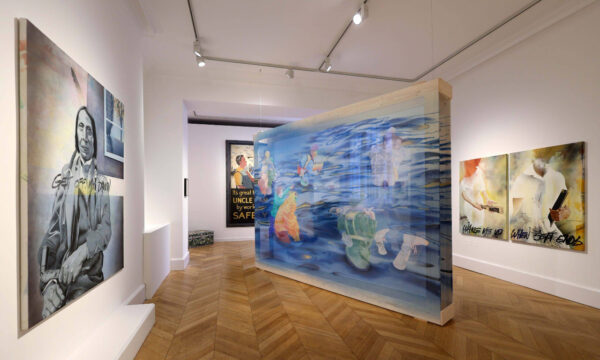
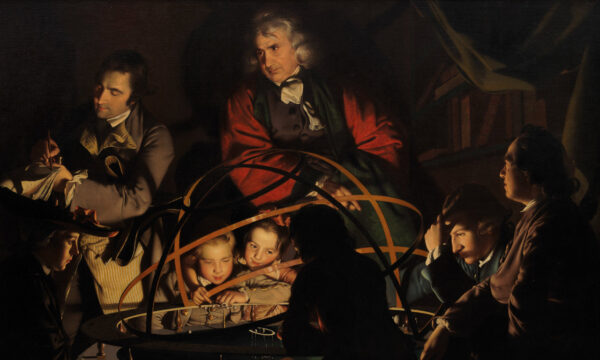
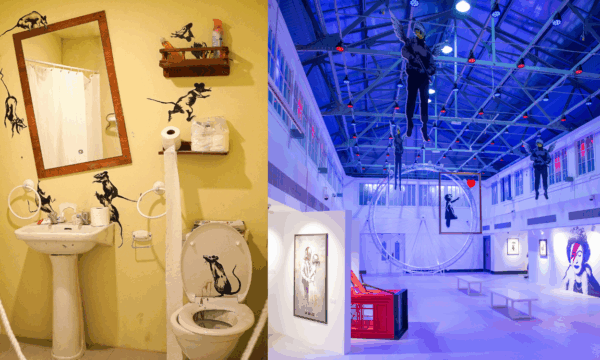
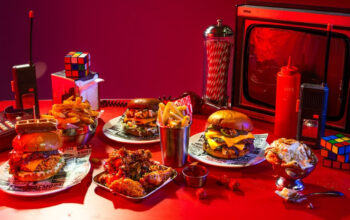
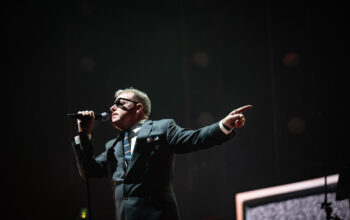
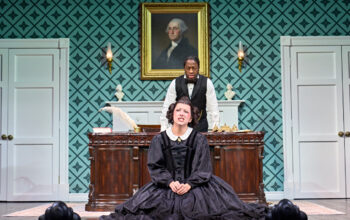
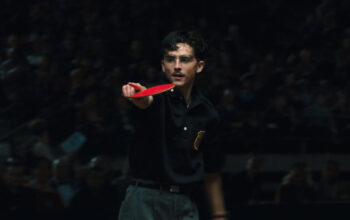




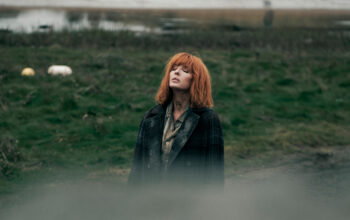
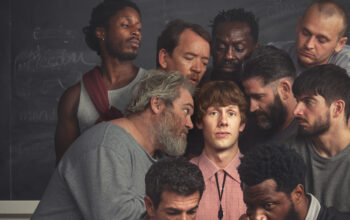




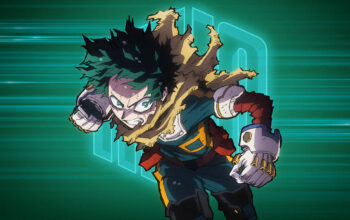
Facebook
Twitter
Instagram
YouTube
RSS